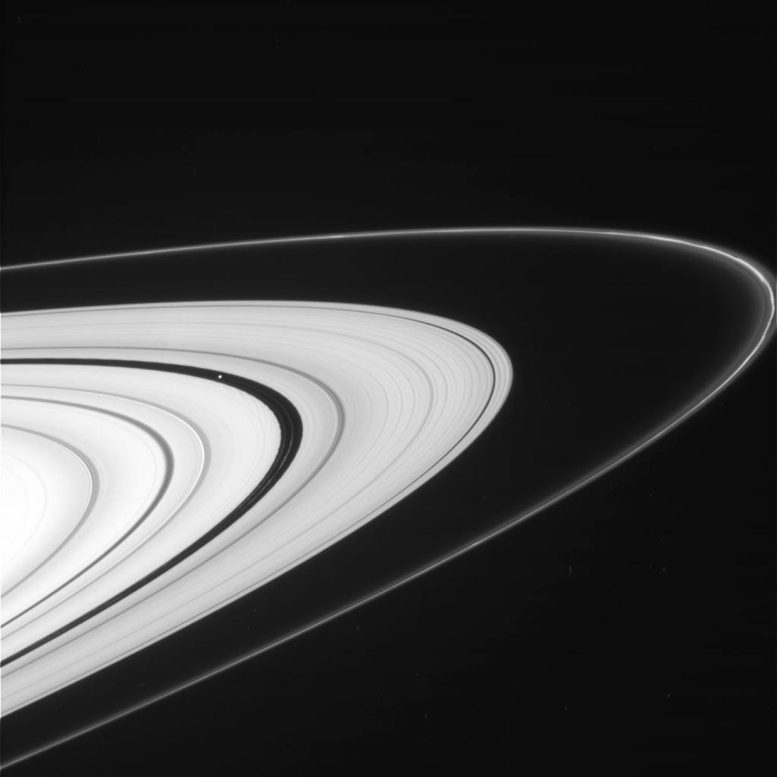
NASA’s Cassini spacecraft has recently resumed the kind of orbits that allow for spectacular views of Saturn’s rings. This view, from Cassini’s imaging camera, shows the outer A ring and the F ring. The wide gap in the image is the Encke gap, where you see not only the embedded moon Pan but also several kinky, dusty ringlets. A wavy pattern on the inner edge of the Encke gap downstream from Pan and a spiral pattern moving inwards from that edge show Pan’s gravitational influence. The narrow gap close to the outer edge is the Keeler gap. Credit: NASA/JPL-Caltech/SSI
Cassini’s orbit took the spacecraft out of Saturn’s equatorial plane in the spring of 2012, making face-on views of the rings possible again and allowing scientists to view the poles and atmosphere of Saturn and its “propeller” moons.
It’s been nearly two years since NASA’s Cassini spacecraft has had views like these of Saturn’s glorious rings. These views are possible again because Cassini has changed the angle at which it orbits Saturn and regularly passes above and below Saturn’s equatorial plane. Steeply inclined orbits around the Saturn system also allow scientists to get better views of the poles and atmosphere of Saturn and its moons.
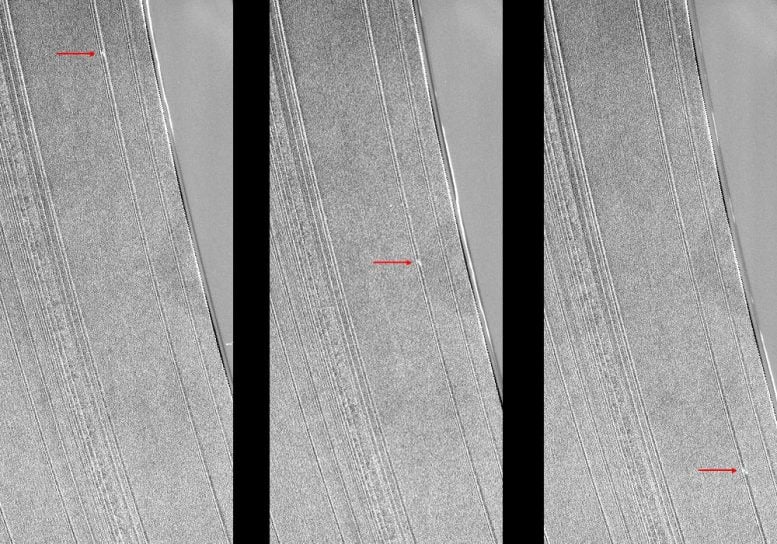
These three Cassini images show a propeller-shaped structure created by an unseen moon in Saturn’s A ring. Credit: NASA/JPL-Caltech/SSI/Cornell
Cassini’s recent return of ring images has started to pay off. A group of scientists has restarted the team’s studies of propeller-shaped gaps. These gaps are cleared out by objects that are smaller than known moons but larger than typical ring particles. Cassini scientists haven’t seen propellers in two years. Matt Tiscareno, a Cassini imaging team associate at Cornell University, Ithaca, N.Y., and colleagues have been following these objects for several years. Because some of the propellers are exactly where models predicted they would be, scientists believe they are seeing some old friends again.
Scientists are eagerly waiting for the other data that will come from this change in perspective. What’s the secret to getting Cassini to orbit at such high angles? Cassini’s lead navigator, Duane Roth, explains in a JPL blog post.

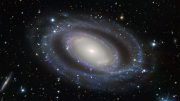


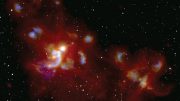

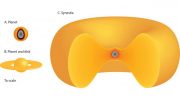


Be the first to comment on "Cassini Changes Orbit, Saturn’s Rings Visible Again"